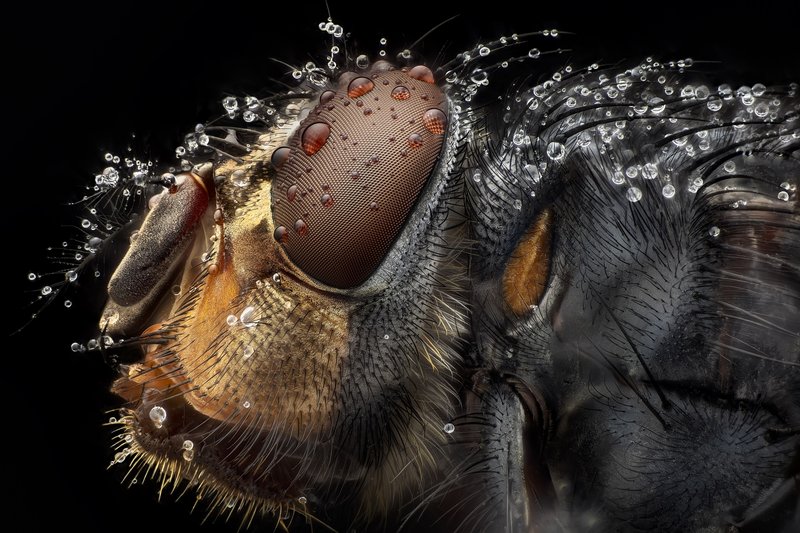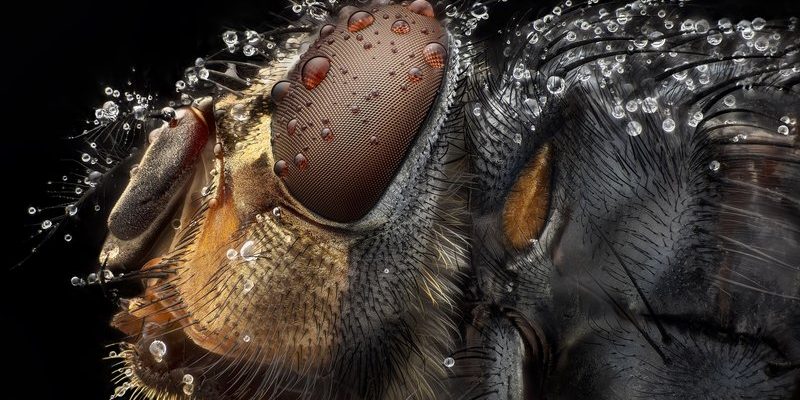
Imagine you’re a detective in the wild. You can’t just ask a deer, “Have you got any botflies?” Instead, you need to look for clues and signs that help you pinpoint which species might harbor these pesky parasites. In this article, we’ll explore several strategies for detecting botfly hosts in forest ecosystems. Each method has its own set of tools and techniques, making the process a bit like piecing together an ecological puzzle.
Understanding Botflies and Their Hosts
Before diving into detection strategies, it’s essential to grasp the behavior of botflies. These creatures typically choose mammals as hosts to incubate their larvae. Common hosts include rodents, deer, and even some domestic animals. Botflies can lay hundreds of eggs, which hatch and burrow into the host’s skin, causing irritation and discomfort.
You might be wondering, why is it important to know which animals host botflies? Understanding this can help in managing their populations and minimizing potential health risks to humans and animals. By identifying hosts, you can predict where botfly activity is likely to occur and take preventive measures.
Researchers often focus on areas where wildlife congregates, like watering holes or animal trails. This makes sense because these are prime spots for botflies to find their next unsuspecting host. Monitoring these locations can provide valuable insights into the ecology of botflies.
Visual Inspection of Animals
One of the most straightforward methods for detecting botflies is through visual inspection. While this sounds simple, it requires a keen eye. Look for signs of irritation or abnormal behavior in potential hosts. For example, an animal scratching its skin frequently may be a sign that it’s dealing with a botfly infestation.
When inspecting animals, pay attention to the following:
- Wounds or sores: Botflies can create openings in the skin where their larvae are developing.
- Behavioral changes: Animals in discomfort may exhibit unusual behavior, like increased grooming or avoidance of areas.
- Hair loss: Infected areas might show thinning fur where larvae are present.
This strategy works well, especially in areas with high wildlife populations. Just imagine walking through the forest, spotting a deer, and noticing a patch of bare skin. That could be your clue that botflies are nearby.
Using Trap Methods
Trapping is another effective way to identify potential botfly hosts. Researchers often use baited traps to catch small mammals, which are common hosts for these parasites.
Here’s how it generally works:
1. **Choose the Right Trap**: Depending on which animal you’re targeting, you might select a specific type of trap. Small box traps work well for rodents, while larger traps are needed for bigger animals like raccoons.
2. **Bait the Trap**: Use food that attracts your target species, such as peanut butter or fruit. This increases your chances of catching the desired host.
3. **Check Regularly**: Make sure to check your traps frequently. The faster you can assess the health of the captured animals, the better your chances are of spotting signs of botflies.
Sometimes, it takes patience. You might not catch anything right away, but observing the animals that do visit the trap can provide insights about their health and potential botfly issues.
Collecting and Analyzing Samples
For a more scientific approach, you can collect samples from known hosts. This might include fur or skin scrapings from animals showing signs of infestation. Once you have your samples, they can be analyzed in a laboratory setting for botfly larvae.
Here’s a simple breakdown of the process:
1. **Field Collection**: Use clean tools to carefully collect samples, ensuring you don’t harm the animal.
2. **Label Samples**: Keep everything organized—label each sample with the date, location, and species.
3. **Lab Analysis**: Send your samples to a lab for analysis. Technicians can determine the presence of botfly larvae and other parasites.
This method can be more intensive, but it provides concrete data that can help in understanding botfly populations within a specific area.
Monitoring Environmental Conditions
Understanding the habitat and environmental conditions can significantly aid in detecting potential botfly hosts. Botflies thrive in specific climates and ecosystems. By monitoring these conditions, you can predict where hosts are more likely to be found.
Some factors to consider include:
- Humidity: Botflies prefer humid environments, making wetlands and dense forests ideal habitats.
- Seasonal Patterns: Hotter months often see a rise in botfly activity, as more animals venture out and become vulnerable.
- Animal Movements: Tracking the migration or movement patterns of potential hosts can help identify peak times for botfly activity.
By combining these insights with other detection strategies, you can create a comprehensive approach to understanding botfly dynamics in forest environments.
Community Involvement and Education
Lastly, don’t underestimate the power of community involvement in detecting botfly hosts. Local wildlife organizations and citizen science projects can be invaluable resources. By educating the community on how to spot signs of botflies, you can increase the chances of early detection.
Consider these steps:
1. **Workshops**: Organize local workshops to teach community members about botflies, their hosts, and identification methods.
2. **Reporting Mechanisms**: Create a system where locals can report any signs of botflies they observe in wildlife or pets.
3. **Collaboration**: Team up with local universities or wildlife agencies to conduct surveys and share findings.
Community action not only enriches data collection but also fosters a sense of responsibility toward local wildlife.
Detecting botfly hosts in forest environments can feel like an adventurous challenge, almost like being on a treasure hunt. By utilizing visual inspections, trapping methods, sample analysis, and environmental monitoring, you can piece together clues about these intriguing creatures and their hosts. Not only does this help manage botfly populations, but it also deepens our understanding of forest ecosystems.
Whether you’re a wildlife enthusiast, a concerned pet owner, or just someone who loves nature, having knowledge about botflies can make a difference. Remember, the more you know, the better you can appreciate the wild wonders—and nuisances—around you. So, grab your detective hat and get out there!

